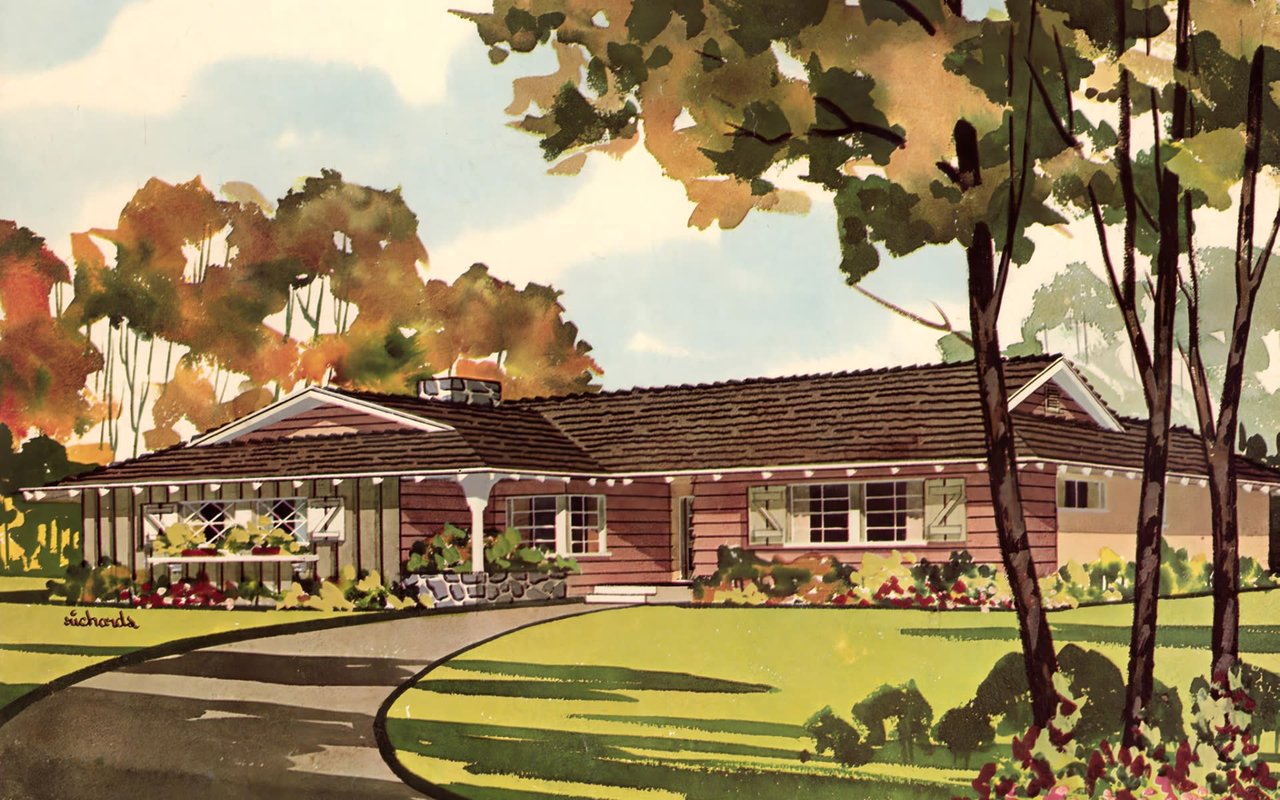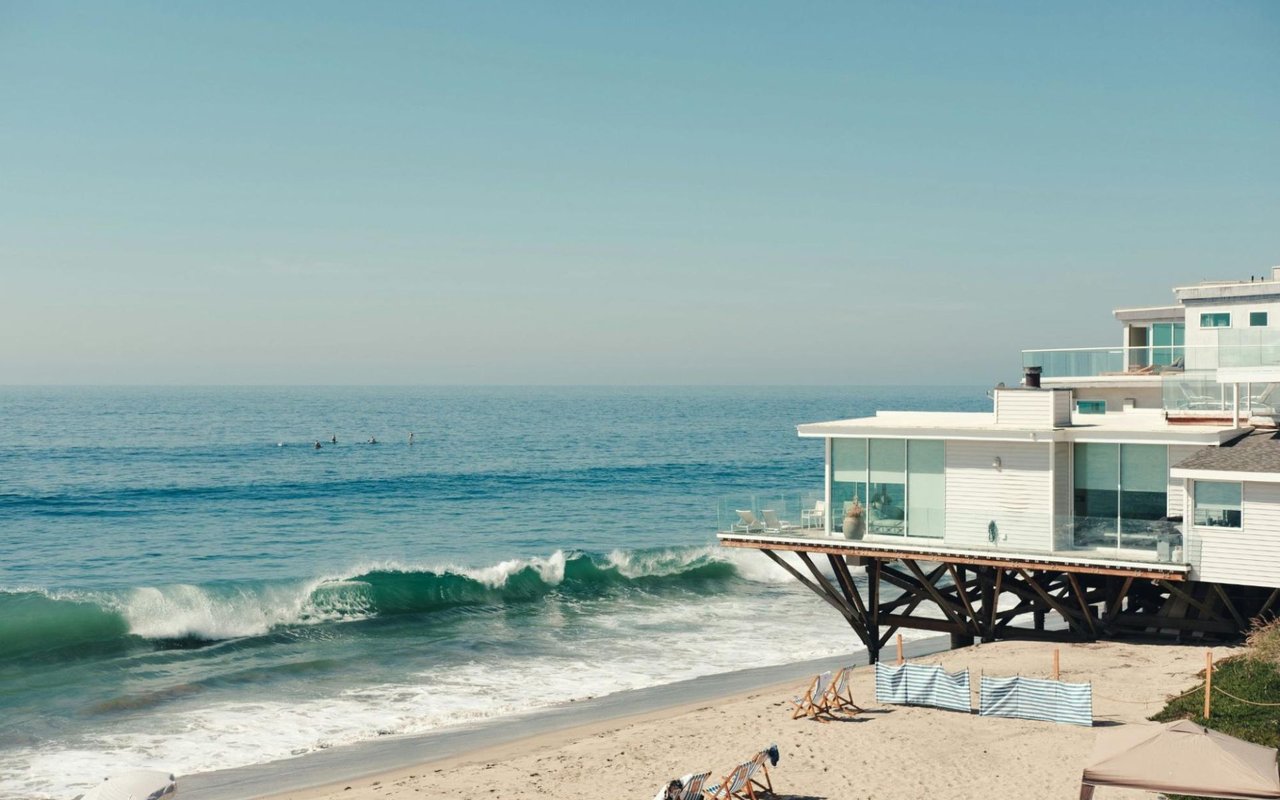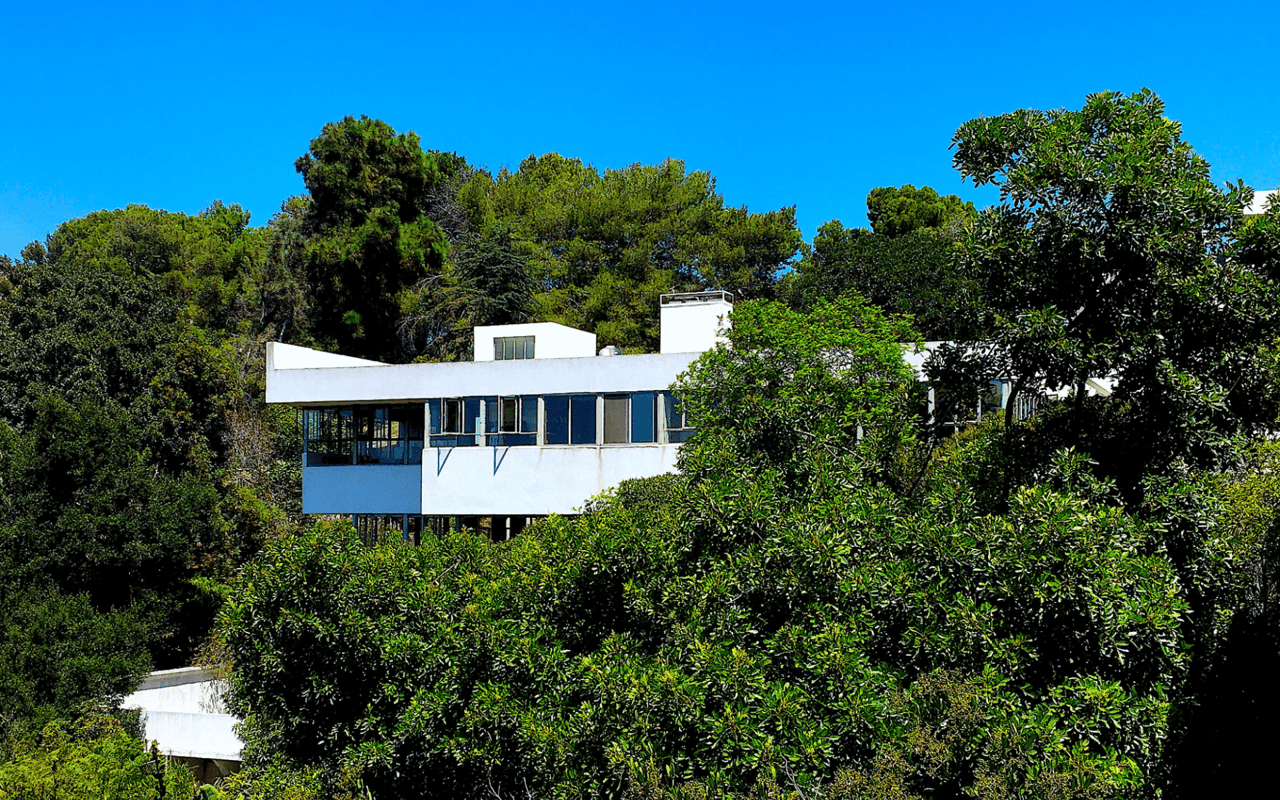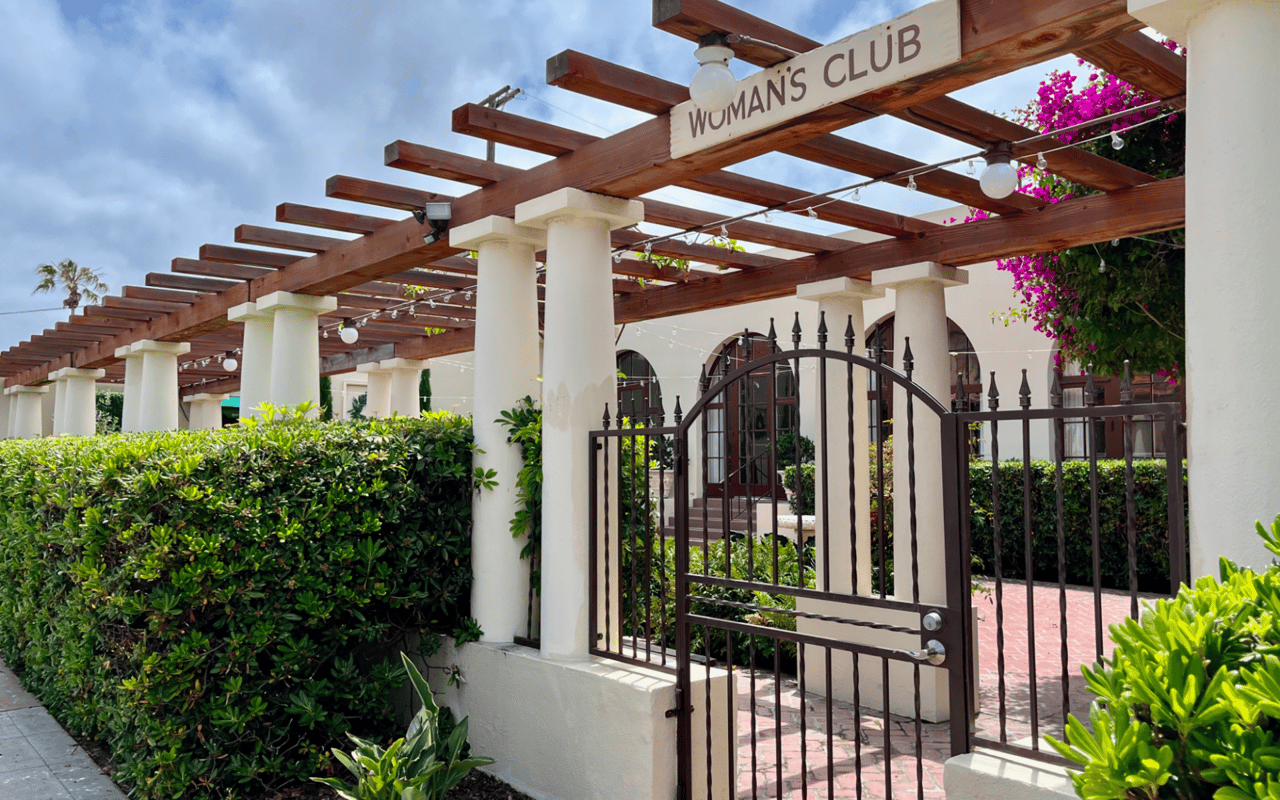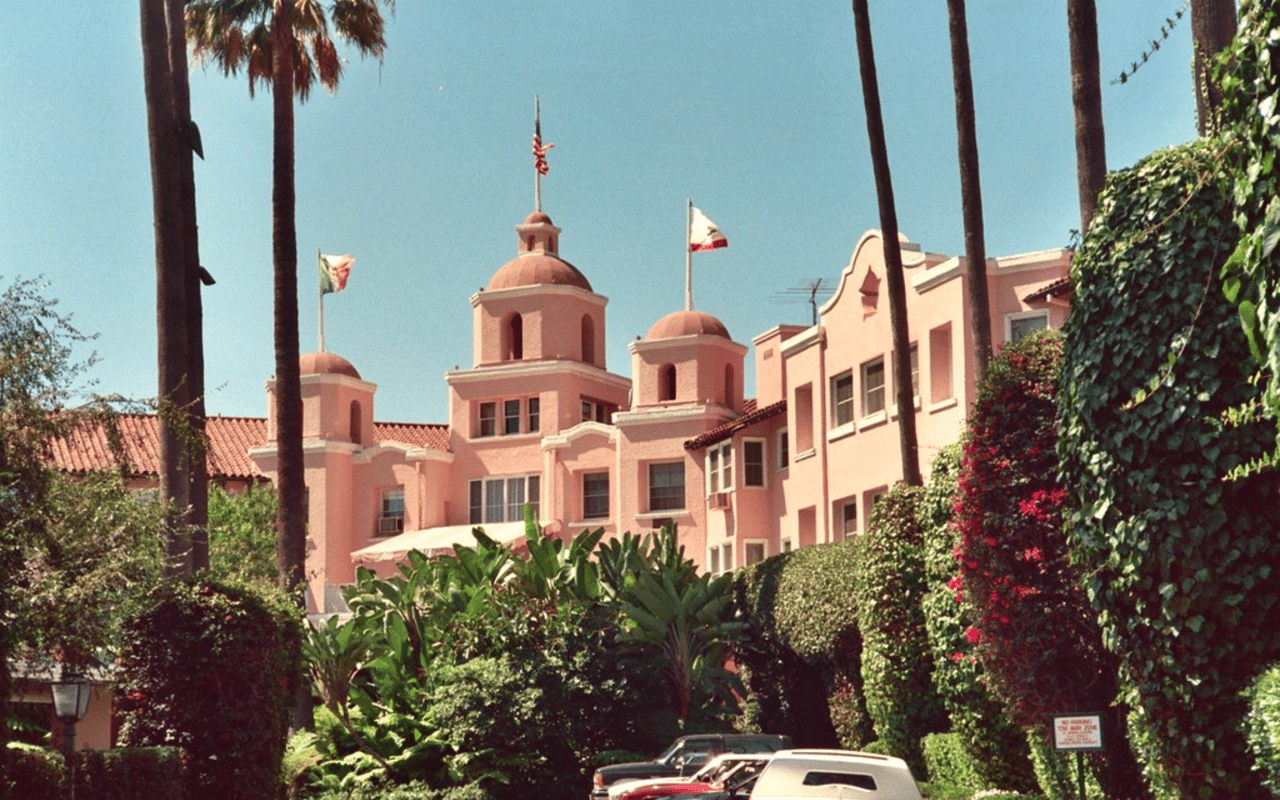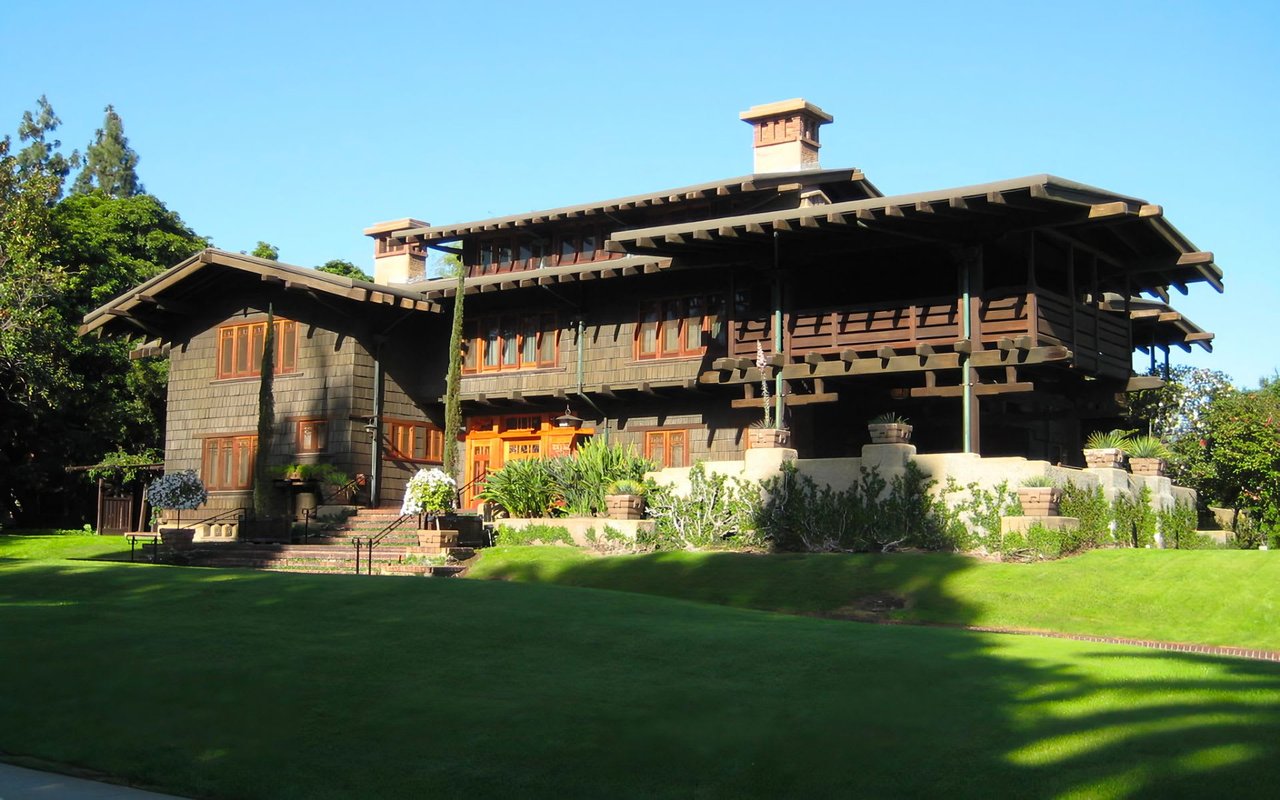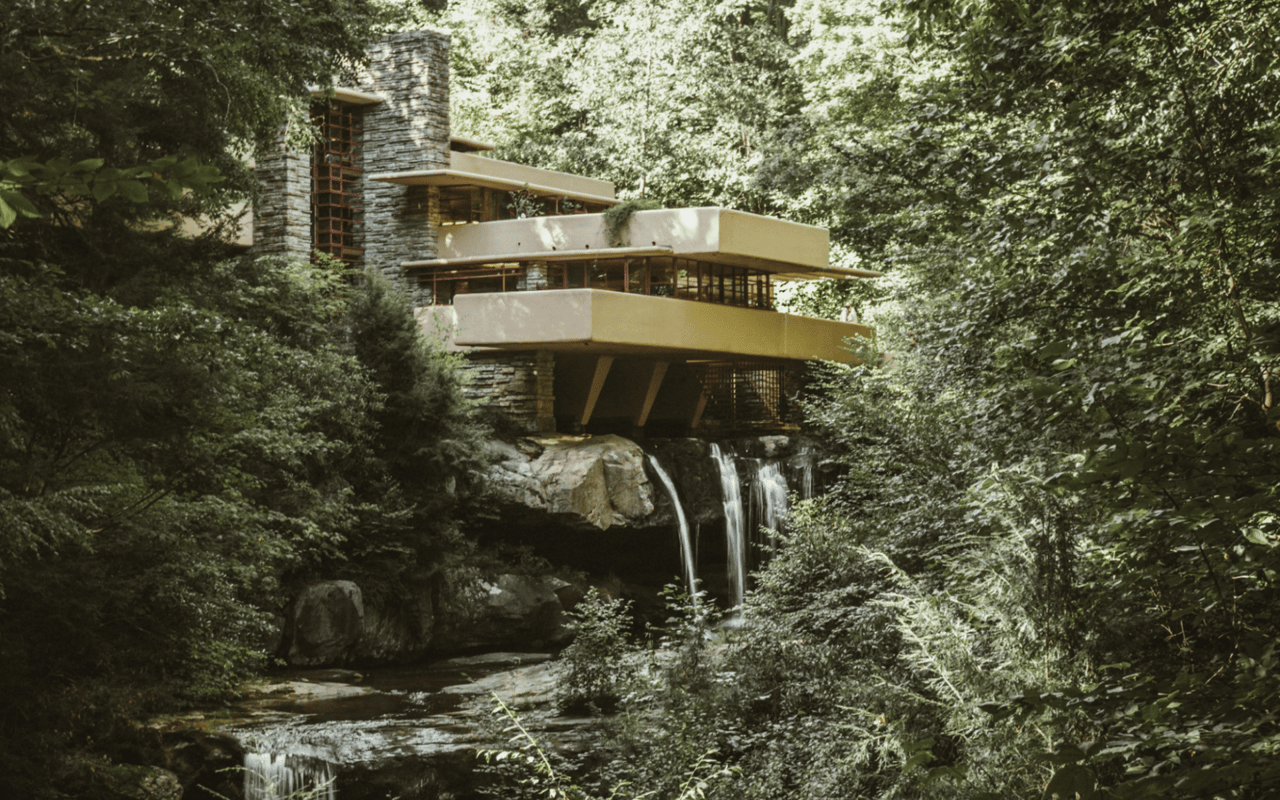Few architectural styles embody the spirit of their locale as seamlessly as the California Ranch House. Lauded for its unique blend of practicality, flexibility, and aesthetic charm, this style has become synonymous with the sun-drenched expanses of Southern California. At the heart of this iconic style's development was Cliff May, an innovator whose designs revolutionized modern living by celebrating California's natural beauty and climate.
Making the Most of California's Outdoor Lifestyle
Born in San Diego, Cliff May was more than a builder; he was a visionary whose architectural designs fostered a deep, harmonious connection between indoor and outdoor spaces. With family roots planted deep in Californian history — May was related to one of the founders of San Diego — May's heritage was infused with a love of wide-open spaces, which would significantly influence his architectural philosophy.
May crafted his earliest designs in the 1930s with Southern California's near-perfect, year-round climate in mind. These homes would be the precursor to his prolific, people-friendly structures that were functional and inviting and enhanced homeowners' everyday lives.
May crafted his earliest designs in the 1930s with Southern California's near-perfect, year-round climate in mind. These homes would be the precursor to his prolific, people-friendly structures that were functional and inviting and enhanced homeowners' everyday lives.
The Evolution of the California Ranch Home
Though he never formally trained as an architect, Cliff May was an innovative designer who keenly understood evolving trends, homebuyer needs, and how new materials and methods could enhance the livability of the homes he created.
The California Ranch home, as envisioned by Cliff May, is influenced by Spanish-adobe "rancho" homes that were common in the 1800s. More than just a simple building style, these homes were carefully crafted shelters with a tangible connection to the surrounding environment. May's designs were a natural evolution, emphasizing horizontal living spaces built across the landscape rather than towering over it. This design philosophy was aesthetically pleasing and incredibly functional, attuned to the needs of Californian families.
May's California Ranch homes are equal parts simple and revolutionary architecture. His signature use of floor-to-ceiling glass and sliding doors dissolves the barriers between the indoors and the lush surroundings — arguably the most crucial feature of the ranch-style home. In addition to the windows and merging of indoor-outdoor spaces, other key design elements include a single-story design with an open floor plan, an L- or U-shaped layout with a low-pitched roof, and vaulted ceilings, often with exposed beams, created with natural materials and rustic elements.
California ranch homes are also very flexible spaces. While many follow a simple blueprint, modern-day restoration efforts showcase the customization that's possible in a California Ranch House without sacrificing May's original vision of connecting to the natural surroundings.
The California Ranch home, as envisioned by Cliff May, is influenced by Spanish-adobe "rancho" homes that were common in the 1800s. More than just a simple building style, these homes were carefully crafted shelters with a tangible connection to the surrounding environment. May's designs were a natural evolution, emphasizing horizontal living spaces built across the landscape rather than towering over it. This design philosophy was aesthetically pleasing and incredibly functional, attuned to the needs of Californian families.
May's California Ranch homes are equal parts simple and revolutionary architecture. His signature use of floor-to-ceiling glass and sliding doors dissolves the barriers between the indoors and the lush surroundings — arguably the most crucial feature of the ranch-style home. In addition to the windows and merging of indoor-outdoor spaces, other key design elements include a single-story design with an open floor plan, an L- or U-shaped layout with a low-pitched roof, and vaulted ceilings, often with exposed beams, created with natural materials and rustic elements.
California ranch homes are also very flexible spaces. While many follow a simple blueprint, modern-day restoration efforts showcase the customization that's possible in a California Ranch House without sacrificing May's original vision of connecting to the natural surroundings.
Cliff May's Architectural Legacy in Malibu
Though his enduring creation is labeled the California Ranch House, Cliff May's impact on residential architecture resonates in the widespread adoption of his design principles across the country. May was responsible for over 1,000 custom homes and 18,000 prefab "May plans" that formed the basis of numerous tract housing developments, including those in Arizona, Colorado, Nevada, Texas, Utah, and Washington.
May, however, was most prolific in his home state of California, leaving an indelible mark on the state's architectural landscape, including several creations in Malibu. Here, the ranch-style design philosophy makes the most of Southern California's luxurious coastal lifestyle. Below, we explore May's most notable Malibu creations, each showcasing his unique ability to harmonize architecture with the natural environment.
May, however, was most prolific in his home state of California, leaving an indelible mark on the state's architectural landscape, including several creations in Malibu. Here, the ranch-style design philosophy makes the most of Southern California's luxurious coastal lifestyle. Below, we explore May's most notable Malibu creations, each showcasing his unique ability to harmonize architecture with the natural environment.
33800 Pacific Coast Highway
Perched on a dramatic bluff overlooking Nicholas Canyon Beach, 33800 Pacific Coast Highway is a breathtaking, nearly two-acre oceanfront compound. This property, originally designed by May in 1949, epitomizes his vision of integrating indoor and outdoor spaces. The home's sleek façade, characterized by clean lines and extensive use of glass, opens up to panoramic ocean views, creating a living experience where the boundary between inside and out is indiscernible. A noteworthy 1977 renovation by modernist architect Harry Gesner introduced a second level, enhancing the home's spatial dynamics while proving the layout's immense flexibility and preserving May's original design.
6608 Portshead Road, Point Dume
Occupying over an acre of flat, landscaped grounds in Point Dume, 6608 Portshead Road, is a testament to Cliff May's mastery of the ranch style. This private and gated compound features a main house that integrates rustic wood accents, high ceilings, and skylights with May's signature open floor plan. There's an unmistakable warmth in this home that's sometimes missing from more modern ranch-style homes. A saltwater pool, spa, and multiple outdoor living areas emphasize May's design philosophy of making nature a vital part of home living. The inclusion of a guest house and a barn/garage with loft space adds to the functionality and charm of this exceptional estate.
6306 Bonsall Canyon Drive
6306 Bonsall Canyon Drive is a restored mid-century marvel built in 1956 that captures the core principles of Cliff May's ranch style. Positioned across from Zuma Beach, this single-story home features May's hallmark floor-to-ceiling windows, which dissolve the barriers between the home's interior and its magical, tropical landscaped garden. The property includes a new saltwater pool with a waterfall, spa, and a fire pit — perfect for an enchanting outdoor living experience. This home offers a stunning visual connection to its surroundings. It is one of the most thoughtfully updated May homes, with rustic touches, practical luxury, and modern amenities like Viking appliances and mahogany hardwood floors.
20537 Little Rock Way, Big Rock
20537 Little Rock Way showcases Cliff May's architectural prowess through a textbook California Ranch House modernized to enhance its original charm. With vaulted ceilings and walls of glass, the home makes the most of a strategically perched lot in the Big Rock neighborhood, with views of the ocean and Santa Monica. The primary bedroom's direct access to a private yard with a hot tub exemplifies May's penchant for blending interior and exterior spaces. Additional features like a detached office or guest space with ocean views and a spacious yard for gardening and play areas further celebrate the luxurious, open lifestyle that May envisioned.
25200 Malibu Road Condominiums
Finally, in 1963, Cliff May ventured into multi-unit residential design with the Malibu Condominiums on the prestigious Malibu Road. This small complex of six luxury units embodies May's architectural principles, with high ceilings, hardwood floors, and large oceanfront decks that invite the breathtaking seascape into every living space. Floor-to-ceiling sliding glass doors and granite counters modernize each home while maintaining a classic aesthetic. Amenities such as a community clubhouse and a fitness center complement the private, luxurious lifestyle envisioned by May.
Ready to Explore More of Malibu's Architectural Heritage?
This collection of homes illustrates Cliff May's profound influence on modern residential architecture and represents one small part of Malibu's extraordinary architectural heritage. If you're interested in learning more about Malibu's luxury real estate offerings or are considering listing a timeless Malibu residence, contact Bill Moss & Daniel Moss today to begin your journey in one of the world's most captivating seaside enclaves.
*Illustration courtesy of Paul Carsola via Flickr
*Illustration courtesy of Paul Carsola via Flickr
